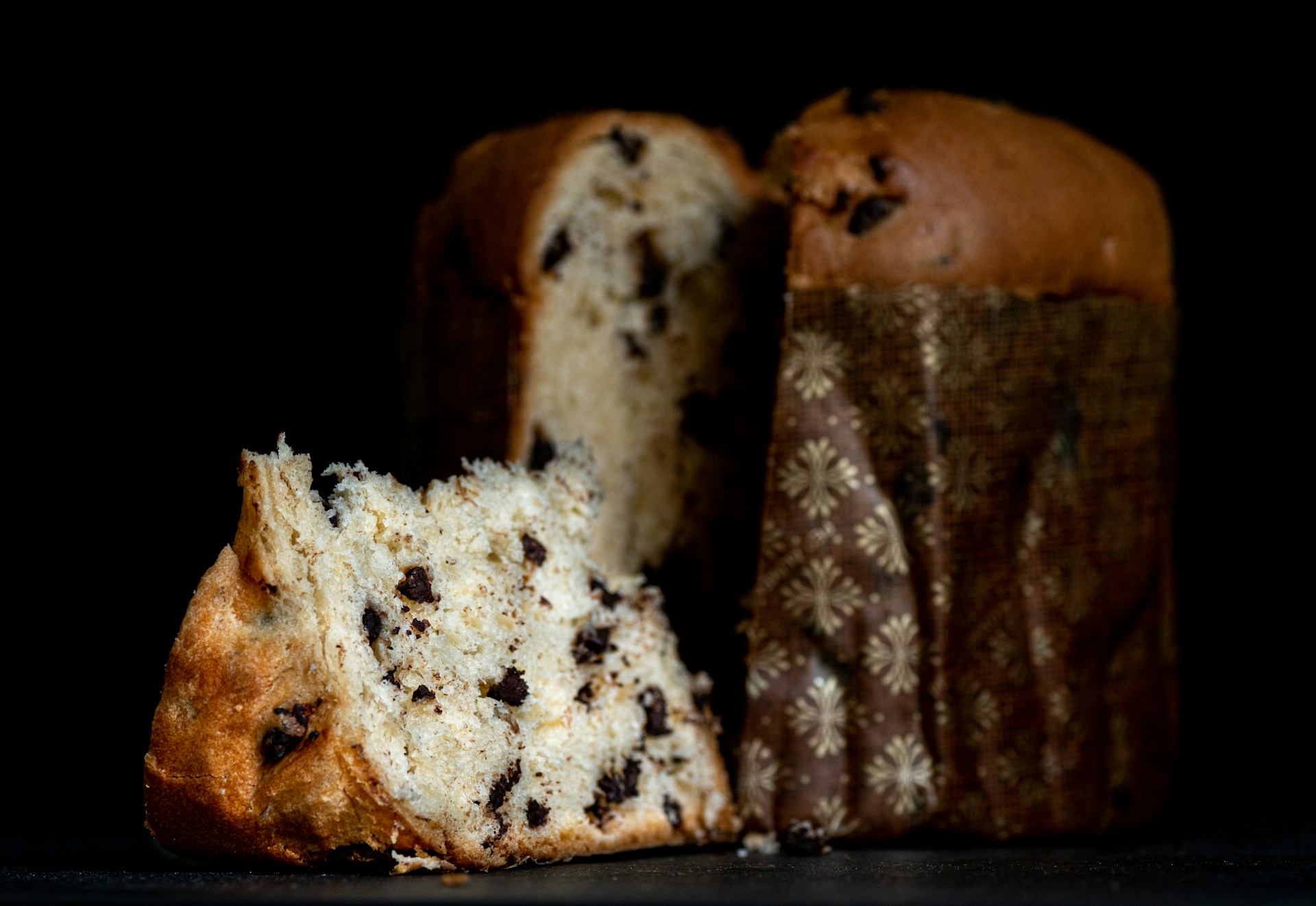The History of Panettone: How This Italian Treat Became a Holiday Tradition
Panettone is more than just a delicious Italian dessert—it’s a symbol of tradition, craftsmanship, and celebration. This rich, airy sweet bread originated in Milan and has been enjoyed for centuries, especially during the holiday season. But what makes Panettone so special, and why has it become a beloved staple around the world?
Legend has it that Panettone was created during the Renaissance, when a Milanese baker accidentally invented the bread while trying to impress a noblewoman. Whether myth or reality, this delicately leavened bread became a holiday favorite in Italy, known for its soft texture, golden crust, and fragrant citrus and candied fruit filling.
Unlike ordinary sweet breads, authentic Panettone requires a slow fermentation process, often lasting up to 72 hours. This careful preparation creates its signature light, fluffy texture and complex flavor profile. Today, some of the world’s best Panettone is crafted by Olivieri 1882, an award-winning bakery that honors traditional methods while adding innovative touches to their Panettone.
While it’s most often enjoyed during Christmas and New Year’s, Panettone has found its way onto tables year-round, served with coffee, wine, or even transformed into French toast or bread pudding.
If you haven’t tried Olivieri’s award-winning Panettone, now is the perfect time to experience why this Italian delicacy has captivated taste buds for generations. Whether as a gift or a personal indulgence, Panettone is a treat worth savoring.
Thank you for reading this post, don't forget to subscribe to our newsletter!




